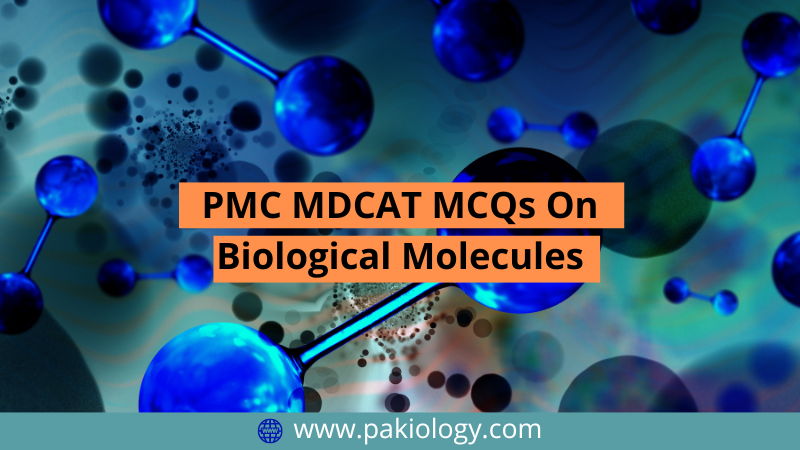Biomolecules are biologically important organic compounds, or, more generally, one of the major classes of chemical compounds found in living organisms. The five major classes of biomolecules are carbohydrates, lipids, proteins, nucleic acids and polysaccharides; some definitions also include ions and organic solvents. Living organisms are made from these same biomolecules, but other non-living substances of similar structure can be made artificially as well. In humans, most biomolecules are made up of carbon, hydrogen, and oxygen atoms.
{tocify} $title={Table of Contents}
What are biomolecules?
Biomolecules are organic compounds found in all living things that contain carbon. These molecules can be small and simple or very large and complex with several hundred atoms arranged in various chemical structures. Proteins are one of the most important biomolecules for humans because they function as enzymes, hormones, antibodies, and structural materials in body tissues. Carbohydrates also have a wide range of functions from energy storage to cell signalling.
Classification Of Biological molecules.
Structurally a biomolecule is categorized by its function. They can be categorized as carbohydrates, nucleic acids, lipids, and proteins. Proteins are found in our body’s cells and account for 20% of the biomass on earth. Carbohydrates are a major source of energy for humans and act as a major source of food energy. Nucleic acids like DNA and RNA can make up chromosomes or other parts of the genome found in living things.
Importance of biological molecules
Molecules are all around us and they play a crucial role in our everyday lives. They are the building blocks of cells and can be very simple or very complex. One such molecule is DNA which is comprised of nucleotides, sugars, phosphates and nitrogenous bases: Adenine (A), Cytosine (C), Guanine (G) and Thymine (T). These bases come together in a specific sequence along the molecule’s length giving the coding for an organism’s unique genetic information.
Biologically important properties of water
Water is a polar molecule. This means that one side of the molecule has a slight positive charge while the other side has a slight negative charge. These opposite charges create a force of attraction between water molecules. Furthermore, water dissolves many substances because many different types of bonds can form between the molecules in water and other substances.
Carbohydrates:
The two most common types of carbohydrates are monosaccharides and polysaccharides. Monosaccharides are simple sugars consisting of just one molecule and polysaccharides are carbohydrate molecules made up of many sugar molecules. Some examples of monosaccharide molecules include glucose and fructose; polysaccharide molecules include cellulose, glycogen, starch, chitin and inulin.
Proteins:
Proteins are composed of amino acids in a specific sequence. Many different types of proteins form due to their sequence and the resultant structure. Proteins have four major functions in cells: They facilitate chemical reactions by lowering the activation energy. They may also act as enzymes by promoting chemical reactions.
Lipids:
Lipids are the biggest group of biomolecules. They have a polar head and a non-polar long hydrocarbon chain. This property of lipids is what classifies them as amphipathic. Lipids come in many different forms. Some examples of lipids are fats, steroids and phospholipids (which make up cell membranes).
Conjugated molecules
A biomolecule is a compound that is typically an organic molecule. Biomolecules can be divided into 3 main classes: carbohydrates, lipids, and proteins. Proteins are the most abundant class of biomolecules in all organisms. Carbohydrates and lipids are also necessary for life.
MCQs On Biological Molecules
Here are the MCQs from the PMC MDCAT on Biological Molecules.
- Chapter: Biological Molecules
- Total MCQs: 132
Time’s Up
Total Questions:
Attempt:
Correct:
Wrong:
Percentage:
YOU MIGHT LIKE
PMC MDCAT MCQs On Cell Structure and Function
These are MDCAT MCQs in the Biology chapter of Cell Structure and function. These are very important MCQs for the...
PMC MDCAT MCQs On Bioenergetics
PMC MDCAT MCQs On BioenergeticsBio-energetic simply means energy within life and refers to the biological energy...
PMC MDCAT Practice Tests 2022 Download In PDF
PMC MDCAT practice papers 2022 can provide a lot of benefits to those who choose to use them as part of their studying...
PMC MDCAT MCQs On Biodiversity (Acellular/Variety of Life)
PMC MDCAT MCQs On Biodiversity (Acellular/Variety of Life){tocify} $title={Table of Contents} In biology,...


Mdact
Mcqs practice